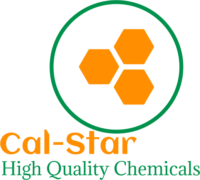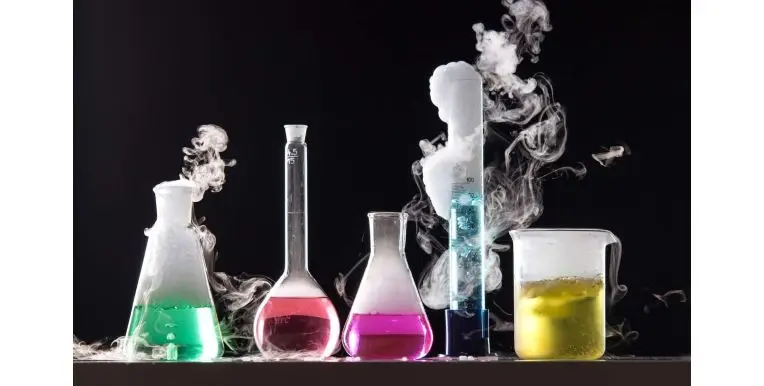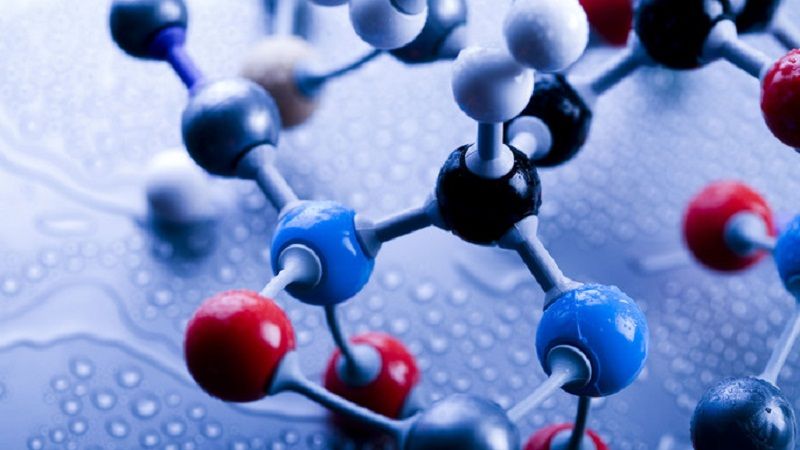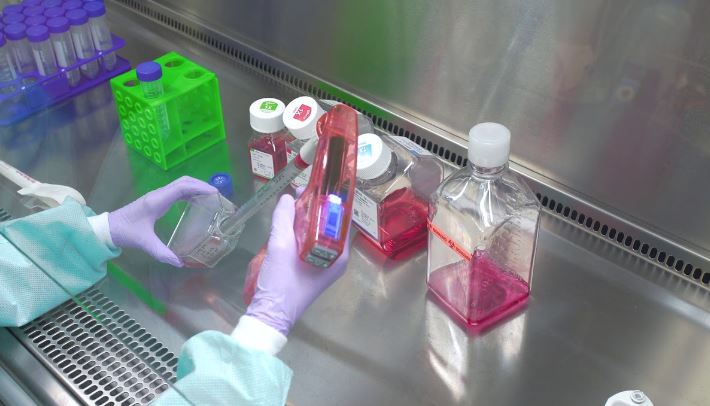Acids and bases are fundamental concepts in chemistry with a wide range of applications in daily life and industry. Understanding their properties and uses can help you appreciate their role in various chemical processes.
Properties of Acids
1. Characteristics:
- Taste: Acids typically taste sour. For example, citric acid gives lemons their tart flavor.
- pH Level: Acids have a pH less than 7. The lower the pH, the stronger the acid.
- Reactivity: Acids react with metals to produce hydrogen gas and with bases to form salts and water (neutralization reaction).
- Indicator Reaction: Acids turn blue litmus paper red.

Acids and Bases
2. Common Examples:
- Hydrochloric Acid (HCl): Found in gastric juice, used in cleaning and metal pickling.
- Sulfuric Acid (H₂SO₄): Used in car batteries, fertilizers, and industrial processes.
- Acetic Acid (CH₃COOH): The main component of vinegar, used in food preservation and flavoring.
3. Uses of Acids:
- Industrial Applications: Acids are used in manufacturing fertilizers, explosives, and dyes.
- Household Products: They are key ingredients in cleaning agents, descalers, and food preservatives.
- Biological Functions: Acids like hydrochloric acid aid digestion in the stomach.
Properties of Bases
1. Characteristics:
- Taste: Bases typically taste bitter. For example, baking soda has a bitter taste.
- pH Level: Bases have a pH greater than 7. The higher the pH, the stronger the base.
- Reactivity: Bases react with acids to produce salts and water (neutralization reaction). They can also react with fats and oils.
- Indicator Reaction: Bases turn red litmus paper blue.
2. Common Examples:
- Sodium Hydroxide (NaOH): Also known as lye or caustic soda, used in soap making and drain cleaners.
- Ammonia (NH₃): Used in cleaning products and as a fertilizer.
- Calcium Hydroxide (Ca(OH)₂): Known as lime, used in water treatment and agriculture.
3. Uses of Bases:
- Industrial Applications: Bases are used in making soaps, detergents, and paper.
- Household Products: Found in cleaning agents, deodorizers, and antacids.
- Agricultural Use: Bases like lime are used to neutralize soil acidity and improve crop yields.
Acid-Base Reactions
1. Neutralization Reactions: Acids and bases react with each other in a neutralization reaction to produce a salt and water. For example: HCl+NaOH→NaCl+H2O\text{HCl} + \text{NaOH} \rightarrow \text{NaCl} + \text{H}_2\text{O} This reaction is used in various applications, including waste treatment and manufacturing.
2. pH Scale: The pH scale measures the acidity or basicity of a solution. It ranges from 0 to 14:
- pH < 7: Acidic solutions
- pH = 7: Neutral solutions (e.g., pure water)
- pH > 7: Basic (alkaline) solutions
3. Indicators: Indicators are substances that change color based on the pH of the solution. Common indicators include litmus paper, phenolphthalein, and bromothymol blue.
Significance in Daily Life and Industry
Acids and bases play crucial roles in various processes and products:
- In Medicine: Antacids neutralize excess stomach acid, and acids like acetylsalicylic acid (aspirin) are used for pain relief.
- In Food Industry: Acids preserve food, adjust pH, and enhance flavor. Bases are used in baking and food processing.
- In Environmental Science: Acids and bases are involved in buffering systems, water treatment, and managing soil pH.
Understanding the properties and uses of acids and bases helps in making informed decisions in both everyday life and industrial applications. Their reactions and roles are integral to many processes that affect our daily lives and the environment.




